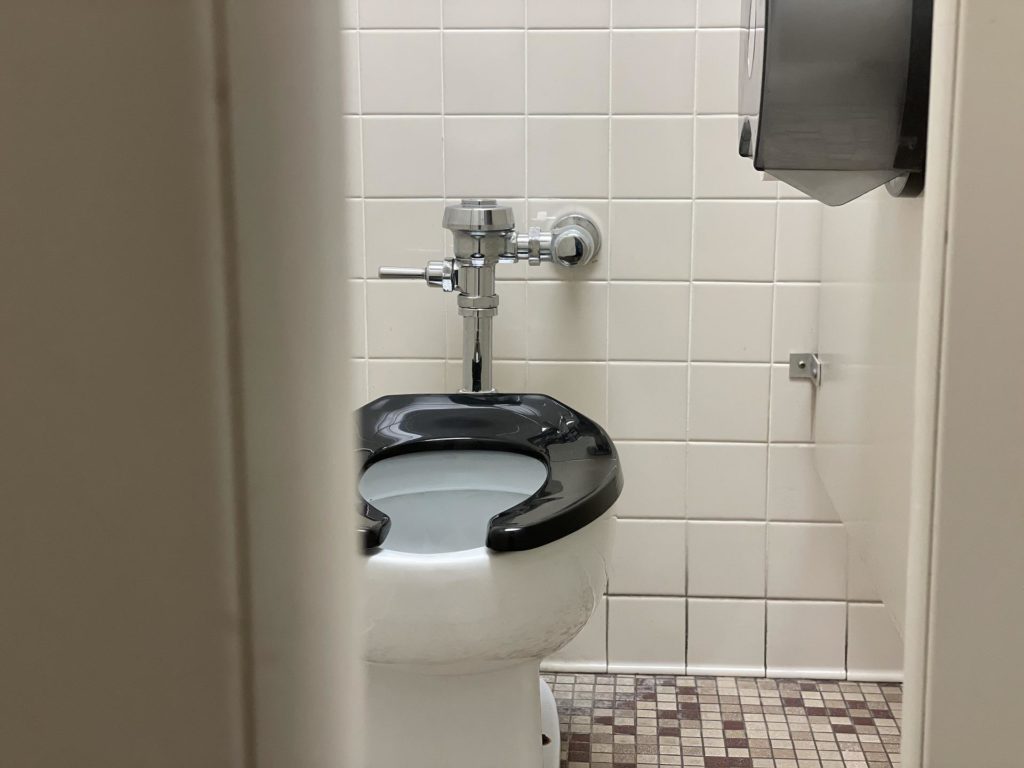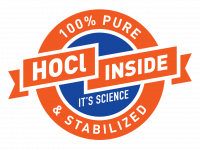HOCl Controls Odors & Germs in the Bathroom
Part 1

It is no secret that many people have a reluctance to use a toilet, latrine, or washroom if it smells bad – particularly with the odor of urine or feces. People often unconsciously associate a foul-smelling toilet facility with uncleanness, and in many people’s perceptions, uncleanness is closely linked to whether the facility is deemed safe to use. A significant amount of research has been conducted on this issue in a variety of places around the globe. Since the onset of the recent coronavirus pandemic, concern about how to manage the spread of disease-causing germs has been of paramount concern. A recent University of Washington laboratory study was set up to measure the effectiveness of using one treatment to address both issues – the bad odor and the disease-causing germs potentially found in toilet facilities. The researchers chose HOCl as the treatment. Part 1 deals with controlling the bad odor.
Researchers have known for many years that p-cresol, dimethyl trisulfide (DMTS), dimethyl disulfide (DMDS), indole, and butyric acid were the chemical compounds that caused the foul smell in toilet facilities. Prior to their study, they theorized that the HOCl would interact with the smell-causing compounds and disrupt their structure. They felt if they could modify these compounds sufficiently with HOCl, then it might be possible to control the bad odors, and in this way, alleviate the negative perceptions of the people using the toilet facility.
In order to test their theories, the researchers simulated a smelly toilet environment in a laboratory setting. Through a variety of tests, the researchers concluded with a high degree of certainty that HOCl modified these smell-causing compounds sufficiently for these odors to be barely detectable – all within 5 minutes of application. As with HOCl applications in other settings, there are no safety concerns with using it in bathroom facilities. Research has validated HOCL as a non-toxic, non-irritating, and eco-friendly disinfectant and sanitizer. Ideas for this blog were gathered from here. Part 2 deals with controlling disease-causing germs.
